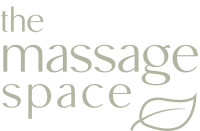What is a prenatal massage?
Prenatal massages are adapted for the anatomical changes you go through during pregnancy. In a traditional massage, you might spend half the time lying face-down on your stomach (which is not possible with a baby belly) and half the time facing up (a position that puts pressure on a major blood vessel that can disrupt blood flow to your baby and leave you feeling nauseous).
But as your shape and posture changes, a trained massage therapist will make accommodations with special cushioning systems or holes that allow you to lie face down safely, while providing room for your growing belly and breasts. Or you might lie on your side with the support of pillows and cushions.
Can pregnant women get massages?
Prenatal massages are generally considered safe after the first trimester, as long as you get the green light from your practitioner and you let your massage therapist know you’re pregnant. But you’ll want to avoid massage during the first three months of pregnancy as it may trigger dizziness and add to morning sickness.
Despite myths you might have heard, there’s is no magic eject button that will accidentally disrupt your pregnancy, and there isn’t much solid scientific proof that specific types of massage can have an effect one way or the other. Some massage therapists avoid certain pressure points, including the one between the anklebone and heel, because of concern that it may trigger contractions, but the evidence on whether massage actually can kickstart labor is inconclusive (to nonexistent).
